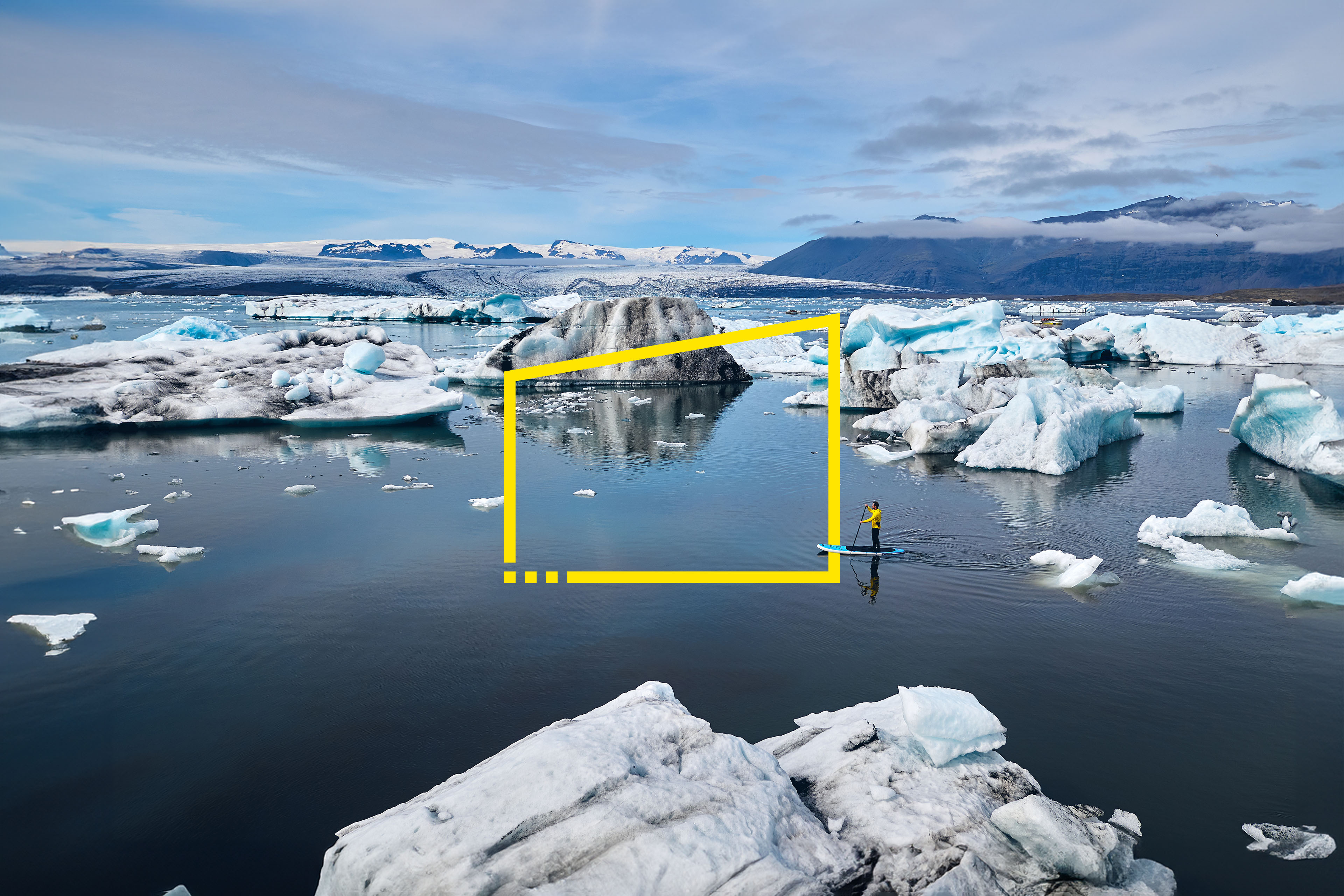EY refers to the global organization, and may refer to one or more, of the member firms of Ernst & Young Global Limited, each of which is a separate legal entity. Ernst & Young Global Limited, a UK company limited by guarantee, does not provide services to clients.

Tractor protests and hot air: Our greatest emitters put up the biggest fight
Agriculture usually jostles with tourism as our biggest export earner, but these days it certainly has the upper hand. It also appears to have the upper hand when it comes to battling the government on climate change moves.
The ‘backbone of the country’ is also its sewer when it comes to greenhouse gas emissions. And yet, it’s still pretty much a get-out-of-jail-free pass when it comes to action.
Even suggestions of action have been dashed. Take, for instance, the annual research levy on farmers proposed in 2003 by Labour’s then-climate change minister Pete Hodgson, which would have cost them about $300 a year each. The infamous ‘fart tax’ protest is a classic example of orchestrated and successful resistance, boiling a difficult and complex subject down to a joke about cow belches.
Politicians caved, and the levy was dropped.
Award-winning social justice documentary maker Alister Barry made a film about that lack of progress in 2014, called the Hot Air Film. It portrays a landscape of successive environment ministers, increasingly concerned to get legislation through around climate change but being generally out-manoeuvred by well-funded and influential corporate and industry lobby groups. Among them, farmers.
In today’s podcast, Nikki Mandow speaks to Greenpeace’s lead agriculture campaigner, Christine Rose, about the fact that almost half of New Zealand’s total greenhouse gas emissions come from agriculture - methane and nitrous oxide.
Yet while we are increasingly making other industry sectors pay for their emissions, somehow we still have not decided what to do about all those emissions from mainstream farming - dairy, sheep and beef.
“That privileged status of agriculture in New Zealand actually stems right back to colonialism when we were the farm of the empire,” she says. “And that privilege has been maintained right to this date.
“It’s got this narrative around it, that it’s benign, that we're the best at it in the world, that we're carbon neutral, and that it's untouchable.”
There is no doubt that our farmers make a huge contribution to our export earnings, and have come up with some innovative ways of doing business over the years. This is due to a large extent to the fact that for the last 30 years the sector has had to stand on its own two feet the way many countries, including our traditional export rivals, haven’t had to – without subsidies.
But Christine Rose says the sector’s push-backs have cost us 20 years of progress.
Much like there have been few breakthroughs in terms of technology fixes for cow burps, there have been no decisions on how to get farmers to stump up for the emissions they produce.
On today’s podcast you’ll hear Newsroom’s climate change reporter, Marc Daalder, explain why there has been a significant rise in nitrous oxide emissions since 1990, and how the increase in the number of dairy farms saw tens of thousands of hectares of forest disappear – a double negative whammy for the environment.
When New Zealand finally got an Emissions Trading Scheme in 2008, agriculture was given an extra five years to get ready. It was meant to come in 2013. Then that date was pushed back to 2015, then 2020.
Most recently there was a Government proposal for a sweetened deal to bring farmers into the ETS really slowly - over a hundred years.
In June, He Waka Eke Noa, a primary sector group representing 13 of the biggest agriculture-related organisations came out with its alternative climate change plan. It involves some levies, to be offset by the sequestration on farms of native bush and other vegetation that isn’t eligible to be included in the ETS. And those levies are about five percent of the price other emitters might have to pay. Farmers would also get rebates for any emission-reducing technologies they introduced.
Marc Daalder believes there will be heated debate over this proposal.
“It's quite generous to farmers in that it's focused more on paying them to do good things, than forcing them to pay a price for emissions. … the general theory of any emissions price is that it costs money to pollute, and therefore you are incentivised to stop polluting,” he says.
The other problem with the He Waka Eke Noa proposal is that it relies heavily on new technologies - things like methane inhibiting vaccines, and special feed additives - to get cows burping less. But those technologies haven't been invented yet.
Also today Nikki Mandow meets Fraser McGougan, a dairy farmer in Whakatane.
Willowvale Farm is an example of best practice environmental dairy farming and McGougan is one of a dozen or so Dairy NZ climate change ambassadors. He helped put together the He Waka Eke Noa farming emissions proposal and he’s showcasing what can be done by dairy farmers if they think about sustainability as an integral part of their farming practice.
That means low stock numbers per hectare, to match what the land can hold in terms of pasture. Pasture is supplemented by crops grown on the farm.
“We're not trying to import feeds, we're not trying to import too many nutrients,” he says. “We're trying to be at a sustainable level.” That means no palm kernel for feed; and no adding artificial nutrients to the soil. Instead, effluent is recycled.
His epiphany in terms of sustainable, regenerative farming came from watching the impact climate change was having on his own property – they’d been seeing more and more extreme flooding. The Whakatane River borders the farm’s property.
McGougan says it’s not legislation that will force change – it will be the environment.
Matt Cowie, a director in the Climate Change and Sustainability Services team at EY, says it’s critical to get farmers on board if we’re going to have a chance of getting to net zero greenhouse gas emissions by 2050.
But finding something that works will not be easy.
“At the moment, one of the challenges for agriculture is that the technology to be able to do that doesn't really exist at scale, like it does in other sectors. If I think about the emissions that I have in my home, then there's lots of options that I can I can choose, I can buy an EV, I can switch to heat pumps, I can remove the gas heating, lots and lots of options.
“But those options are more limited at the moment for agriculture.”
Podcast
Episode 03
Duration
27m 10s


